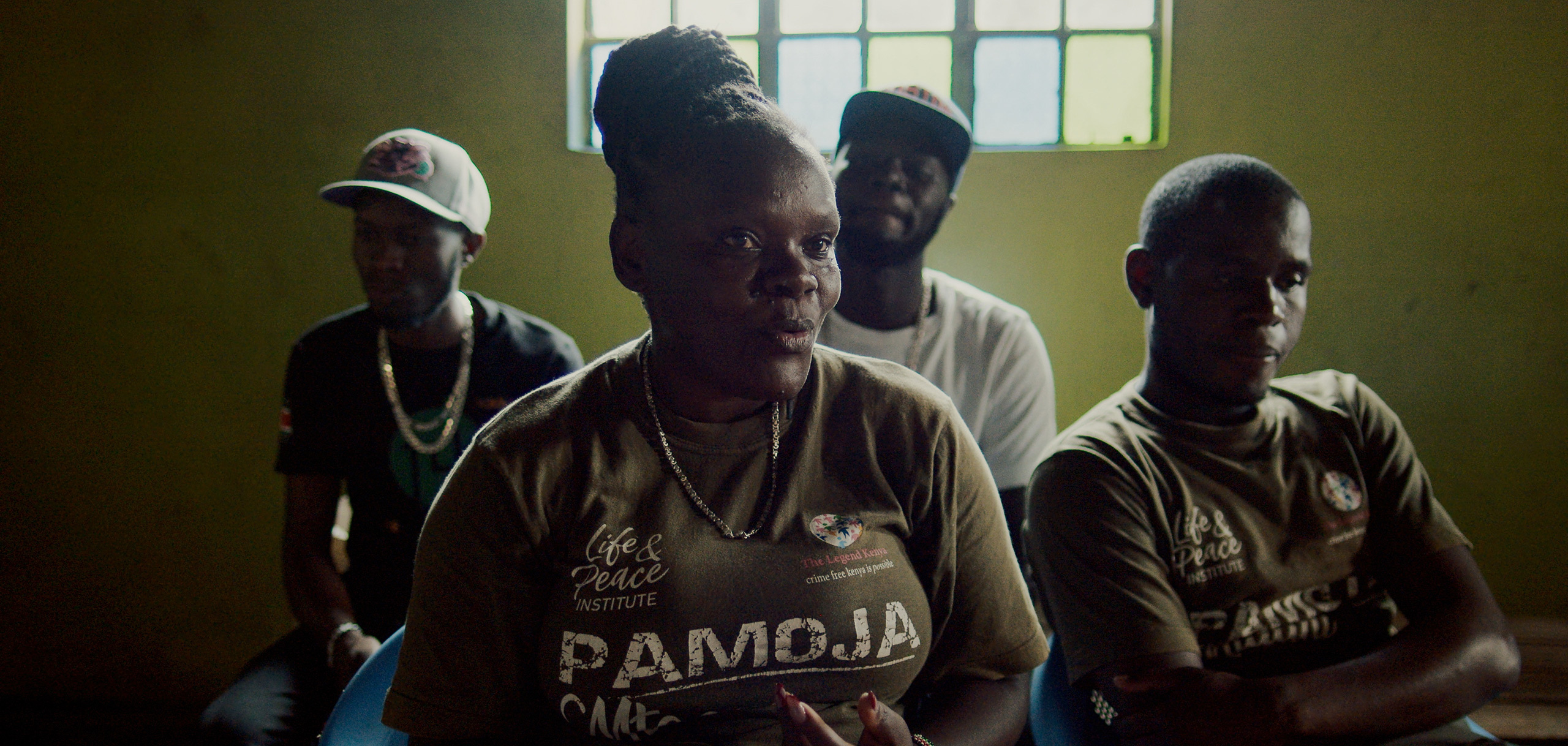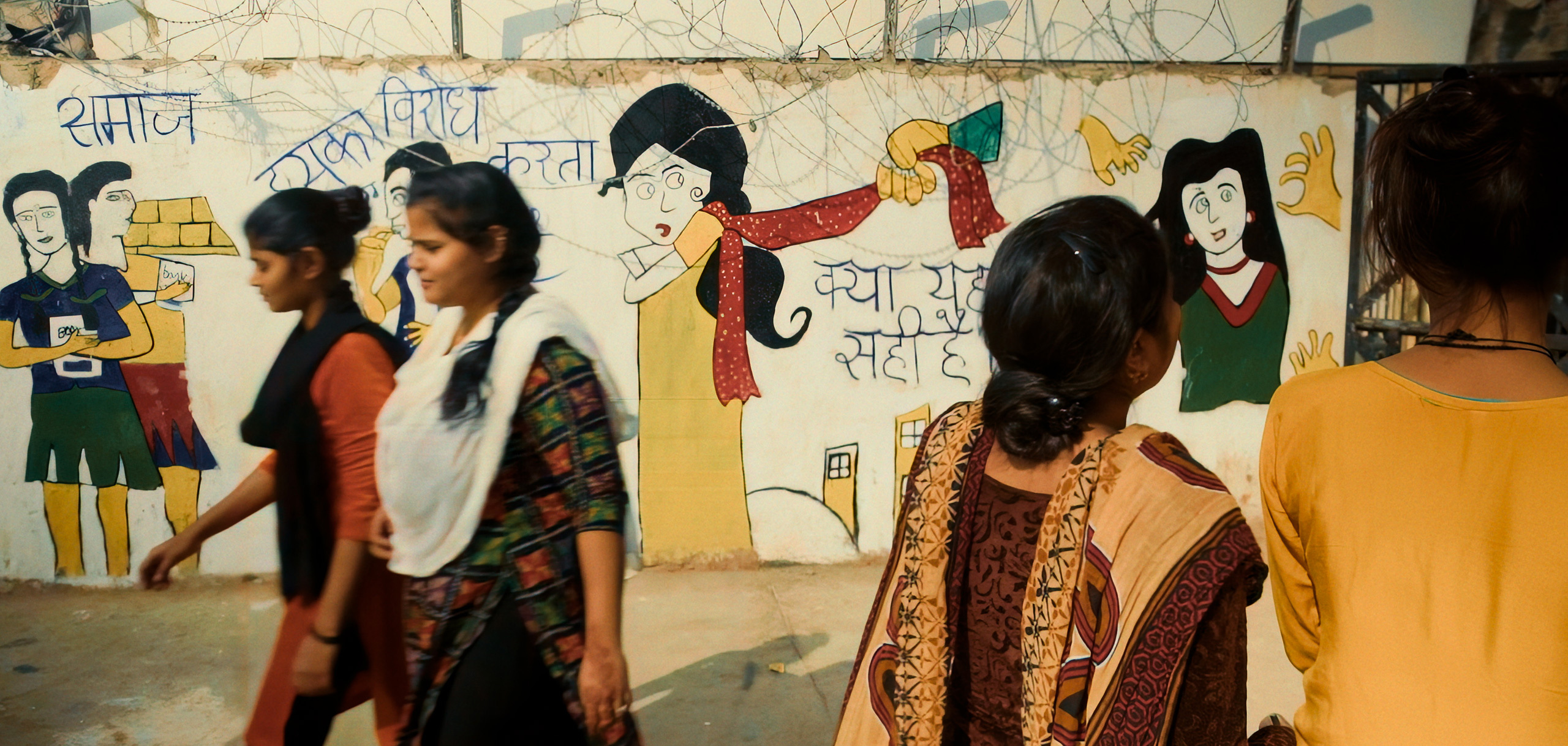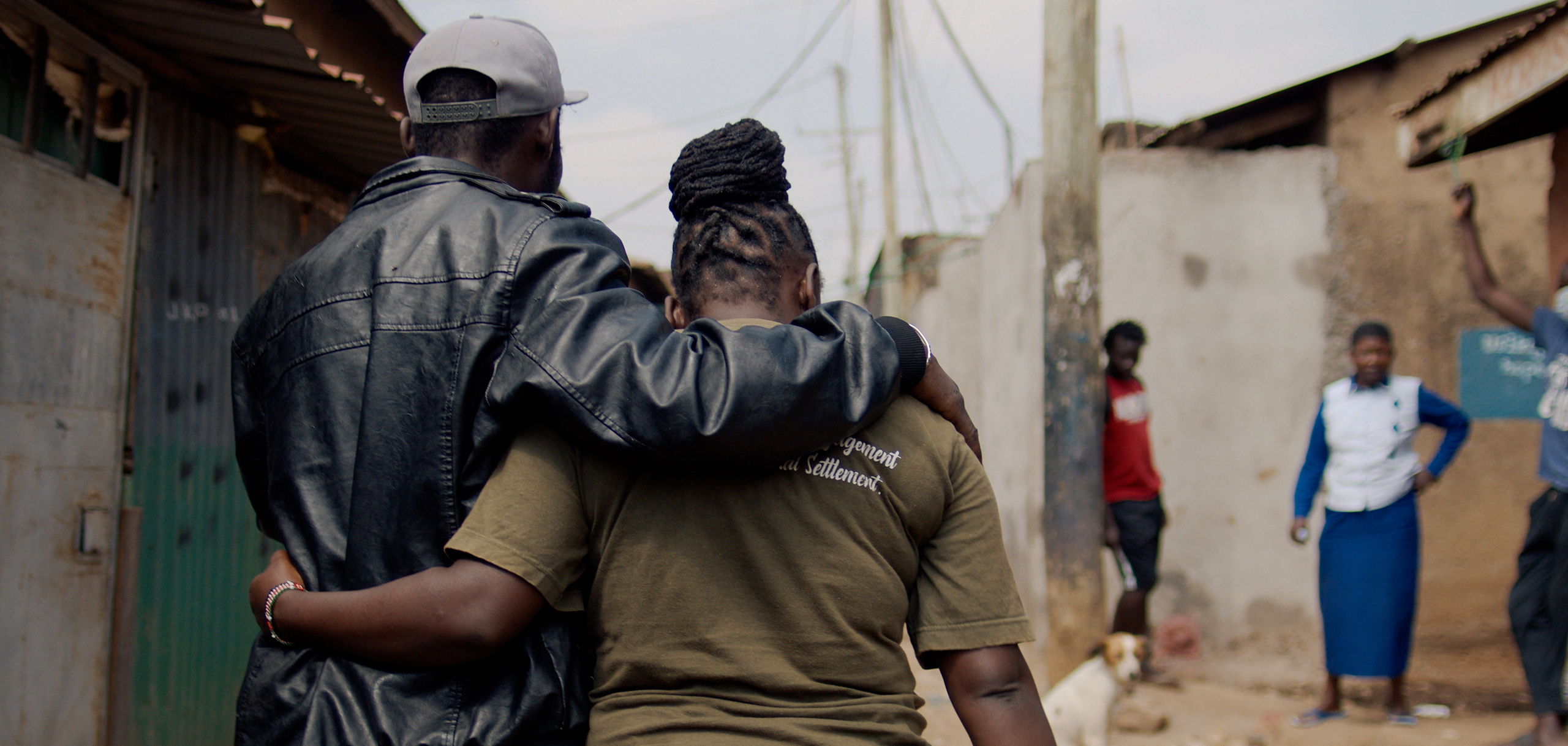What is IBMV?
Learn about the identity-based mass violence concept and community.
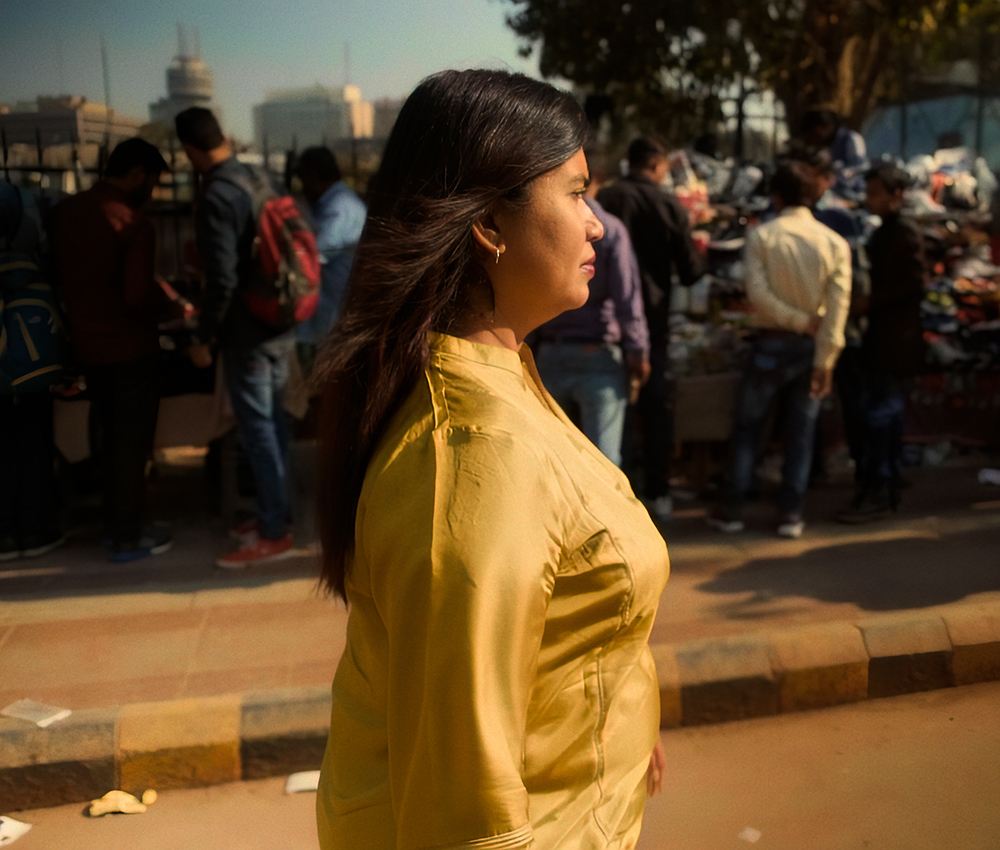
A Deadly Manifestation
No matter where it takes place and no matter whom it targets, every act of identity-based mass violence (IBMV) is a manifestation of the deadly idea that some lives are more valuable than others.
A New Conceptual Lens and Space for Community
Identity-based mass violence is rising inside and outside of conflict, and not only in states with lower levels of development or stability.
Unless prevention thinking and prevention-first policy become central to contemporary local, national, and multilateral politics, the next political era will be characterized by escalating identity-based violence and mass atrocity.
Can new ways of thinking and multi-disciplinary relationships help shed light on solutions that are more transformative and more human-centered than those existing today?
The team of editors and contributors to the edited volume considered how to specifically bring together the fields of atrocity prevention, urban-violence prevention, and peacebuilding by exploring the alignments and overlaps among these disciplines.
Speaking directly to reform-minded partners and allies, the IBMV framework as put forward in the edited volume is a call to action for those poised to make real change in the face of daunting challenges.
Defining IBMV
Identity-based mass violence (IBMV) is any act of violence motivated by the perpetrator’s conceptualization of their victim’s identity and is widespread or large-scale.
Examples of identity include race, gender, sexuality, religion, or political affiliation. Rather than include a quantitative threshold for mass violence, the editors trusted the volume contributors to interpret what “widespread” or “large-scale” means in their particular contexts. The editors made this decision deliberately to emphasize the experience of violence, rather than adhering to a strict, externally constructed definition. The edited volume centers exploration of IBMV in the urban space.
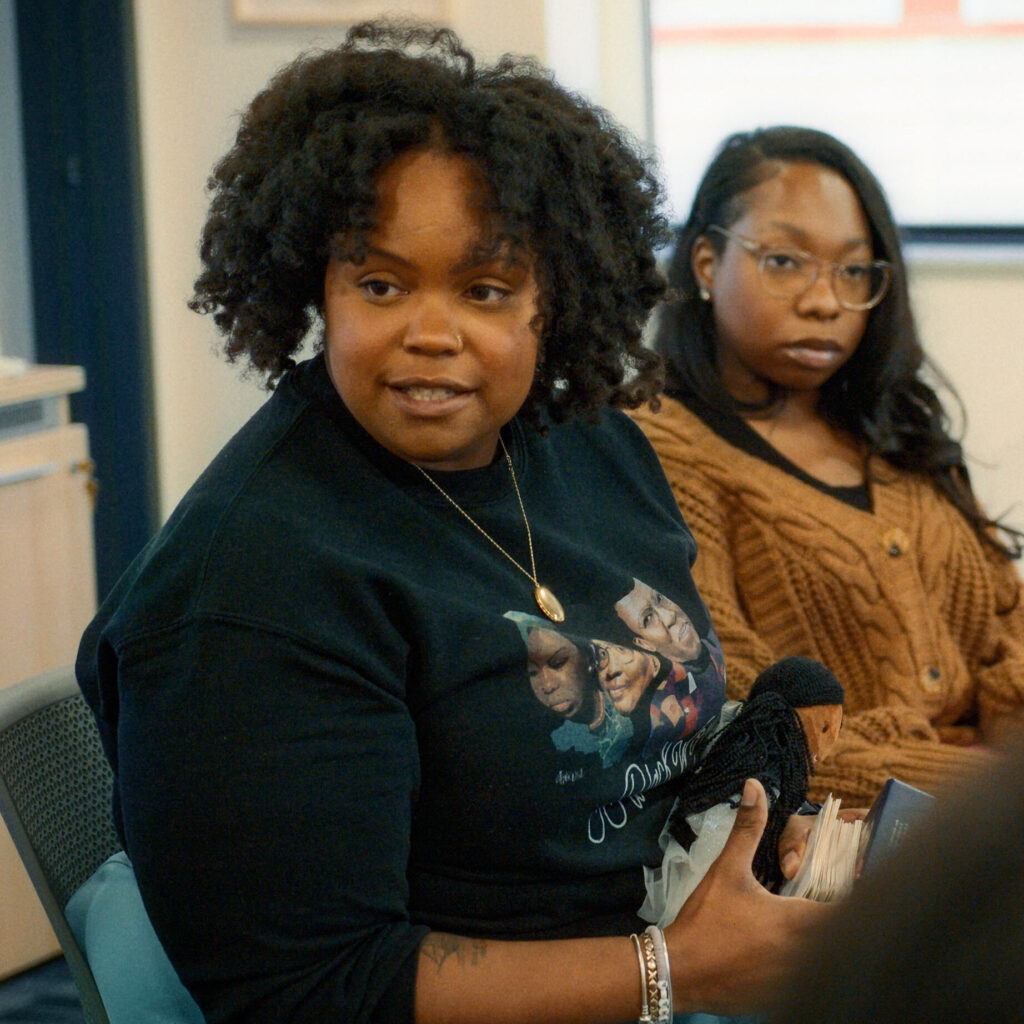
Characteristics of IBMV
We can all relate to identity-based mass violence as we have all seen prejudice in our cities, towns, and streets. Consider the rooftop art installation below in Rio de Janeiro’s Villa Kennedy neighborhood…
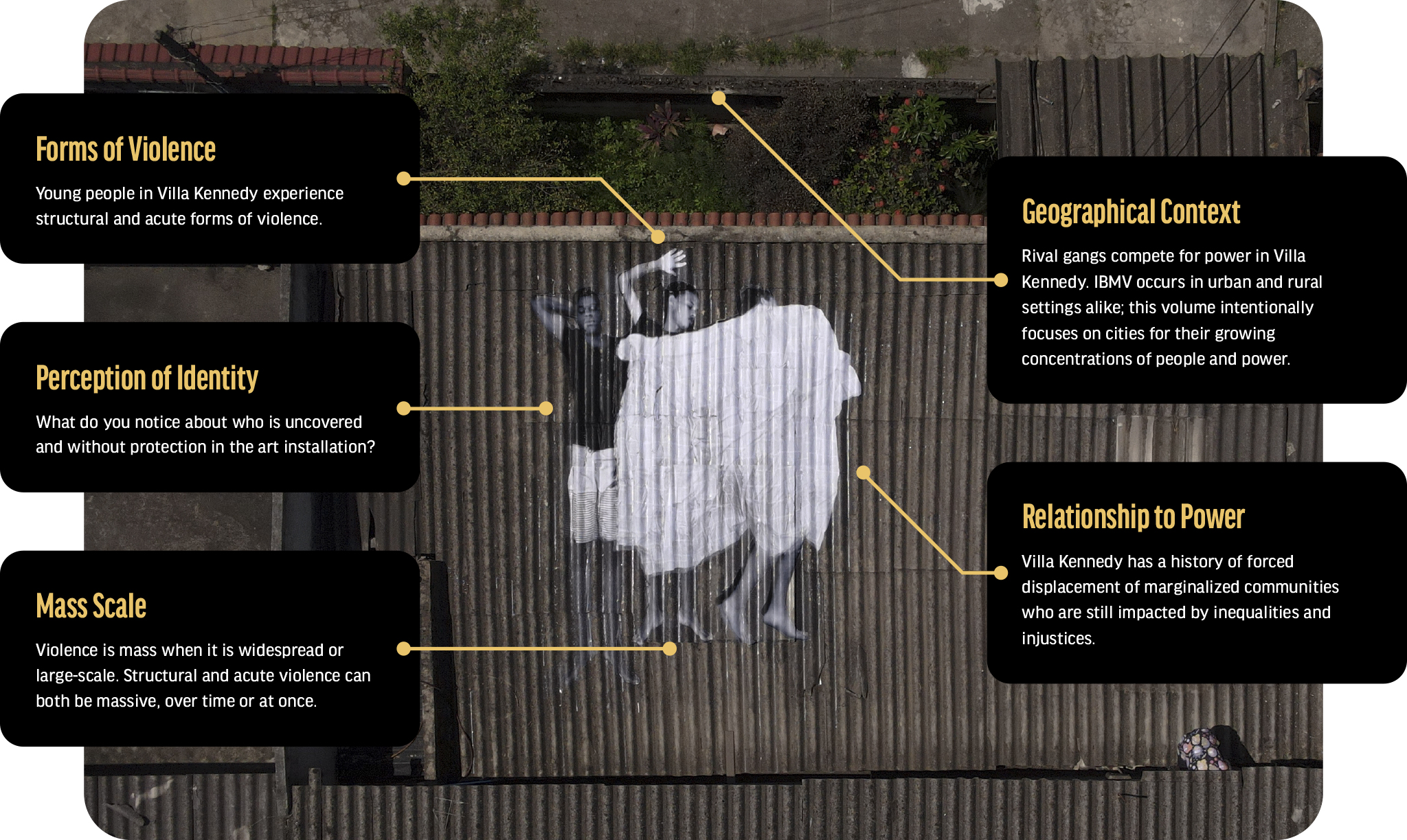
Mural by Alberto Pereira. Photo by Thiago Maurílio.
Why Cities?
Centering cities enables a focused examination of institutional responses, fault lines, and the political battlegrounds that shape narratives surrounding perceived or real threats. Cities are also a great space for innovation. This includes the power to move beyond the bounds of oppression, often reflected in our systems, to build environments where all people can live free from fear.
Problem/solution intersection
While identity-based violence often concentrates in urban centers, it is also likely that, from both a structural and policy perspective, prevention of such violence may be more feasible at the city level than elsewhere.
Prevention-first thinking is essential to building peace:
To address the rising inequalities, social fractures, resource scarcity, malign networks, and other drivers of violence, it is imperative—not optional—to orient around prevention. Cities have proven more successful in such orientation than their national counterparts.
Cities concentrate people
Cities are where different communities with diverse perceptions and, at times, competing interests are more likely to come into regular contact. The concentration of people is also what enables violence on a massive scale.
Cities as targets
Because of their concentration, histories, symbolism, and political and economic importance, cities are also more frequently targets of terrorism, extremism, political violence, and clashes between the state and protesters.
Enclaves
Cities are places where enclaves of identity groups are more likely to be found and thus potentially establish easy targets for perpetrators.
Cities are sites of inequality
In many locales, cities are places of wealth concentration, which also translates to vast wealth inequality, as well as inequality around opportunity.
Methodological approaches
The methodological approach to IBMV traverses the fields of urban violence prevention, peacebuilding, and atrocity prevention in an attempt to uncover perspectives, approaches, and relationships that shift ways of thinking. Mass violence does not just look like time-bound incidents of horror, but is also slow, chronic violence that exists without end and terrorizes generations within certain groups in society. As such, the IBMV framing helps to re-orient the mind on what should be considered mass violence as well as the responsibility society at-large has to take action for its prevention.
Informed by Data
In all areas of violence prevention, quantitative data is essential. Being able to put objective numbers to individuals harmed, to methods of harm, to measures of accountability, to the sometimes more subtle systems of exclusion—all of this is essential to understanding broad and complex social problems. Many of the contributors pull directly from mass atrocity literature that relies upon thresholds of harm to inform strategies of intervention and accountability. But our contributors also question data, both because it is never quite as objective as it seems and because it never tells the full story.
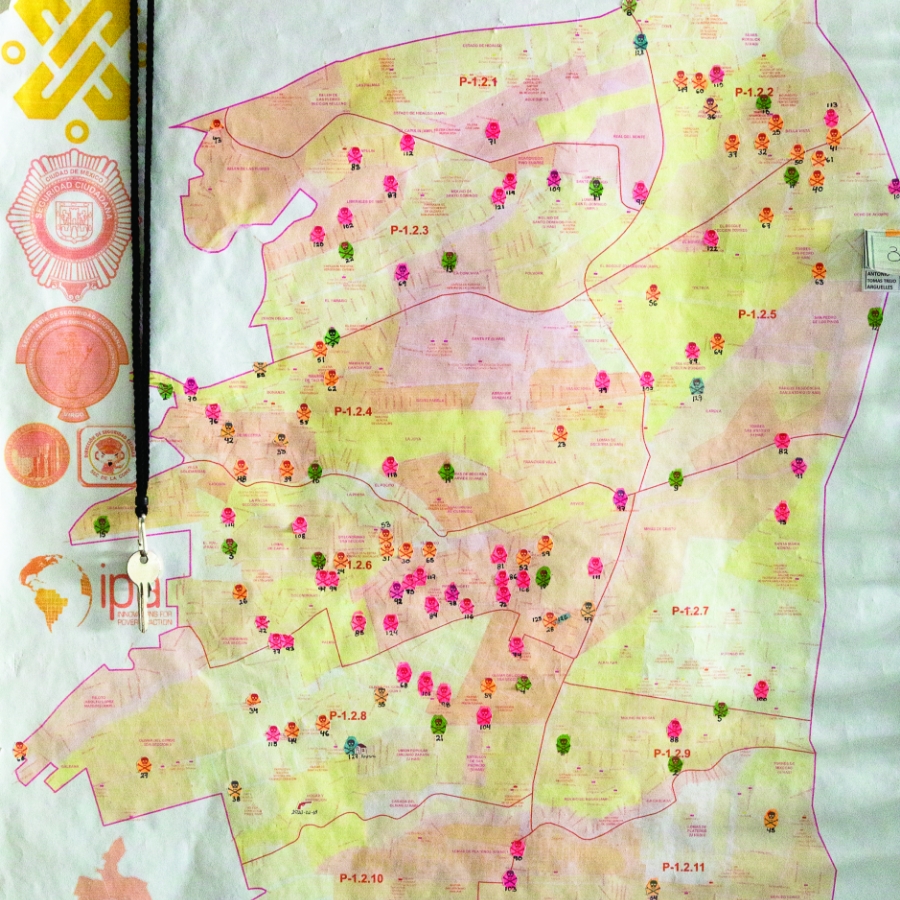
Informed by Stories
Interwoven throughout the volume are creative works, fostering an important dialogue between the theory of IBMV and its implications, grounded in lived experience. These chapters include creative storytelling and graphic design to illuminate the human impact of IBMV. The sum total is a poignant exploration of chronic and large-scale acute identity-based violence, the embedded biases in responses to violence, and the polarizing effects of such violence on individuals and their cities.

Unique Insights
The framing of IBMV advocates for a shift away from simplicity and toward an appreciation for complex thinking, using a multifaceted lens. But it also advocates for action. From Aleppo to London, from Mexico City to Phoenix, the edited volume does not let the reader off the hook. Rather, it provides concrete steps that can be taken to reduce mass violence, including the imagination-shift required to create an imperative. If violence is accepted—as domestic violence once was and in many locales still is—there is no imperative for action. The framing of IBMV forces this imperative for action.
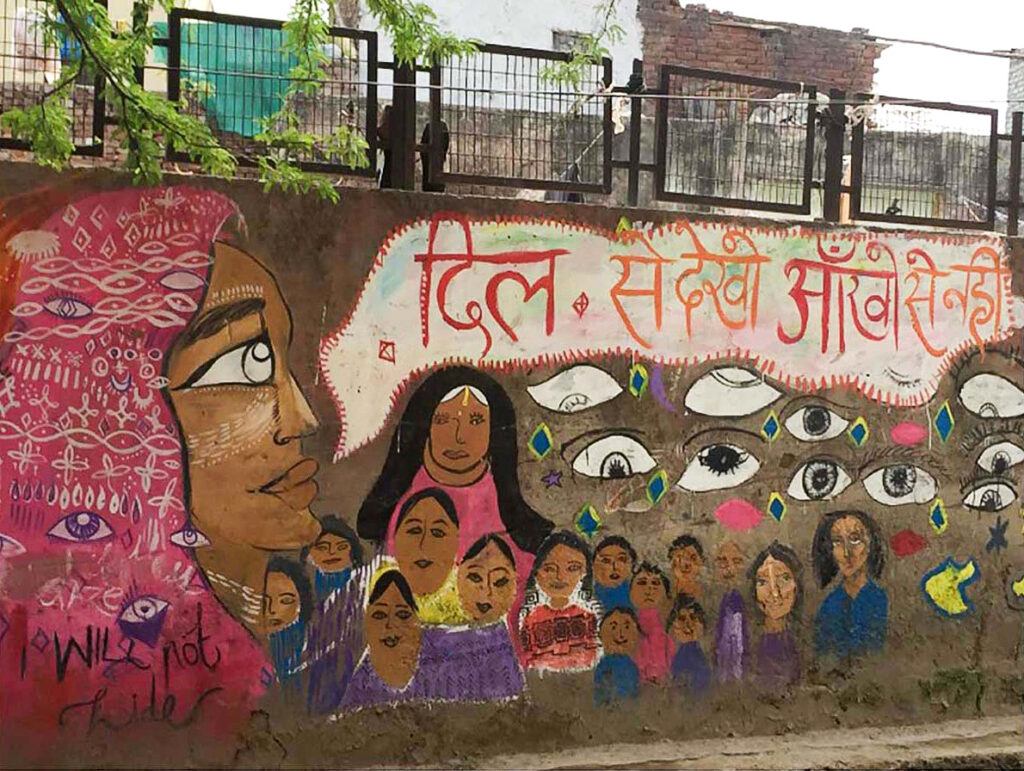
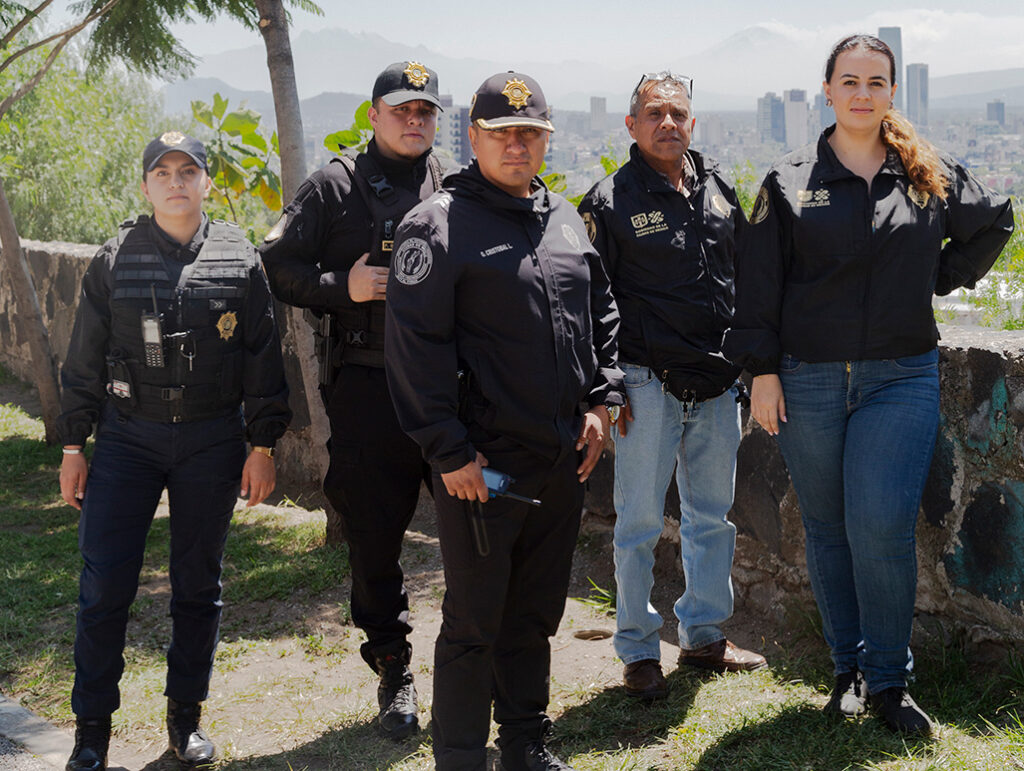
Clarification of IBMV’s multidimensionality
The edited volume develops a nuanced understanding of identity-based mass violence that goes beyond traditional narratives.
Articulation of politics and power
The role of politics and power in shaping violence and influencing prevention outcomes features prominently in the analysis of IBMV.
Urban governance and prevention
The edited volume establishes strong support for prevention-focused work and policymaking at the urban governance level.
Practical foundations for action
The volume lays out concrete steps for collaborative, prevention-focused action and policymaking in urban settings.
Elevating IBMV on policy agendas
One of the goals of the edited volume project is to bring the issue of city-based IBMV to the forefront of national and international policy discussions.
The Power of Stories
In order to be understood, people need to be seen. The stories bring the conceptual nature of IBMV down to earth. When we listen, we learn.

Empire Saved My Life
Serena Wiebe is a 19-year-old from Bristol. She grew up in a racially and economically fractured city, among the United Kingdom’s worst for social mobility. Her story illustrates the social, criminal, and financial drivers that ensnare and expose young people to the worst of urban violence. Read Serena’s story.
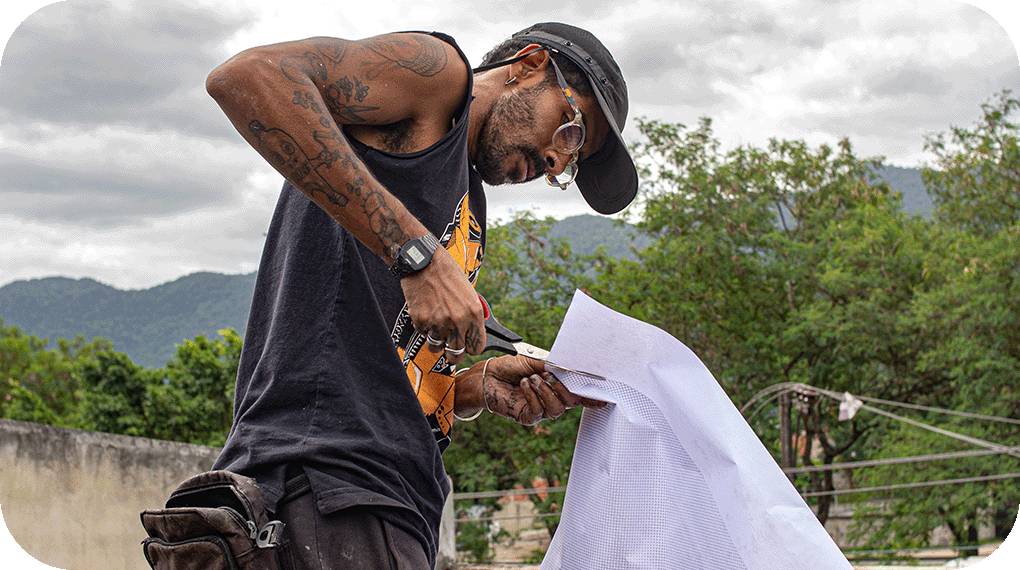
Paper City
This story, by Alberto Pereira, centers around the power of art. The prologue is written from the perspective of a piece of paper. The rest of the chapter explores connections between youth, street art, and social and political action. Read Alberto’s story.
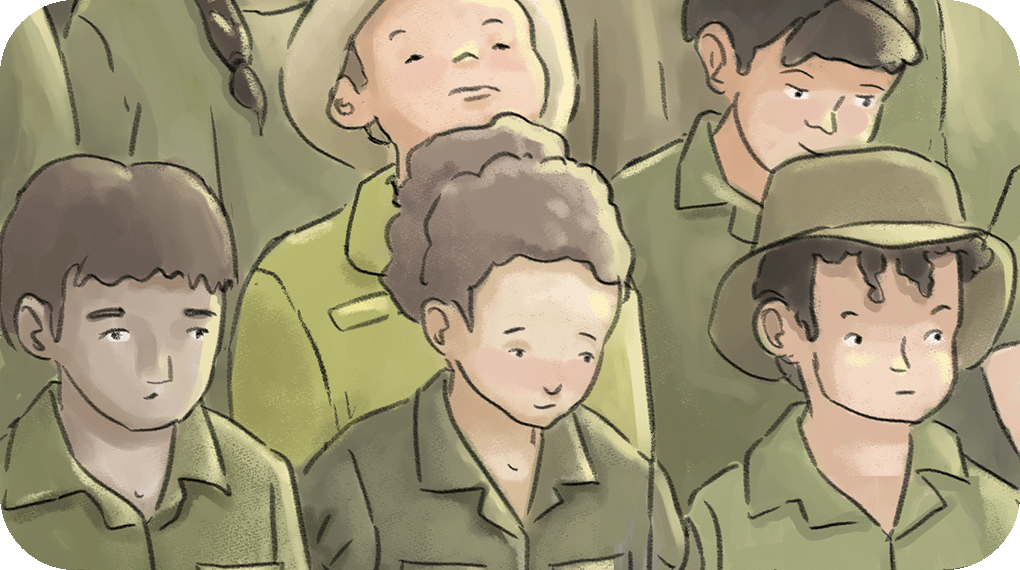
Asha’s Journey
Although Asha’s story is not an official testimony, it is based on the accounts of girls and boys who were recruited and used by armed groups that have played a leading role in the armed conflict Colombia has been suffering under for many decades. Read Asha’s story.
Welcoming collaborations and different perspectives
To seek solutions that are more transformative and human-centered than those existing today, we recognized that the work needed to integrate not only specialists across academic disciplines, but also diverse voices, experiences, regions, and perspectives. We also knew that we needed to forge a community. The contributors featured in this volume have all engaged with one another in productive disagreement, constructive alignment, and in building community through tears, laughter, and the ups and downs of what it means to be human.
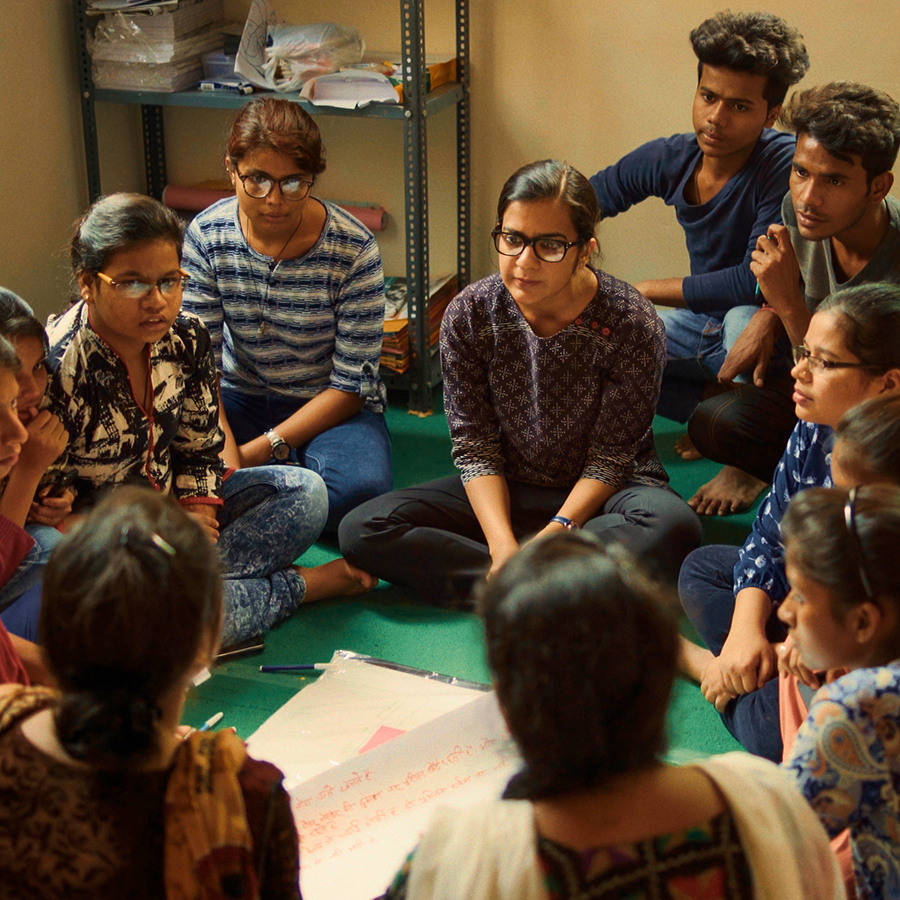
Recommendations
The editors and contributors to the edited volume have attempted to demonstrate a broader perspective on what should be considered when thinking about atrocities. While dialogues about legal and moral definitions are important, time and energy could be invested more valuably by supporting a tapestry of social, economic, and political relationships that can build up preventative capacity.
At the same time, the vital role of cities in prevention, especially in upstream, or structural, prevention, opens a toolkit of who can—and indeed should—do this work and how it can be done. Specific recommendations for practical areas of action include:
- Reframing narratives.
- Shifting policy orientations.
- Focusing on urban conflict.
- Localizing institutions.
- Investing in dialogue.
- Rethinking funding priorities.
- Investing in community.
- Training and capacity building.

An Invitation to Diverse Audiences
This volume is a bridge between theory and practice, guiding policymakers, practitioners, and communities toward a more peaceful and just world. It is an invitation, a blueprint for change. You will see yourselves and your loved ones in these pages, recognizing that we all face risk and also that there is much opportunity to embrace one another and work to retain and improve our collective, lived experience.
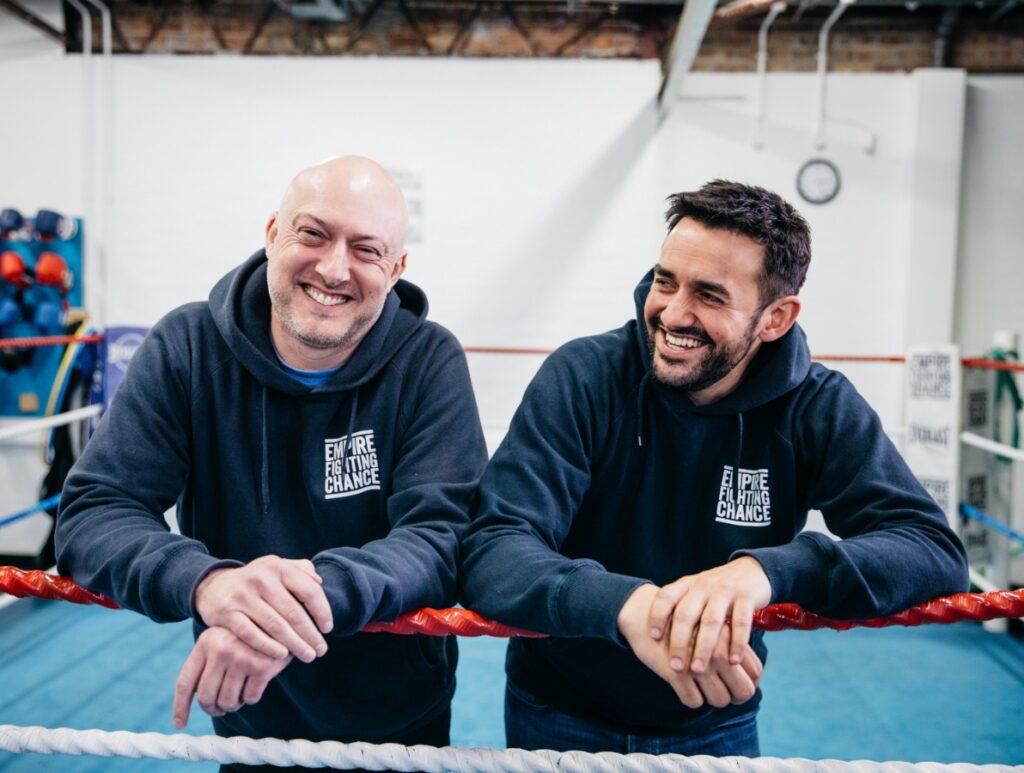

Ways to Engage
There are a variety of ways that readers of this volume can carry forward the ideas. First, all readers are welcome to reach out to the editors and, by way of the editors, to the contributors, to engage with the ideas put forward in a respectful way. We welcome opportunities for discussion and dialogue, including book clubs, book talks, webinars, podcasts, or other means of engagement. Second, all readers are encouraged to question the ideas they come across, and to do so with others. What is most important is not a single solution but rather the process of dialogue and respectful inquiry.

The Edited
Volume
The Edited
Volume
Read an overview of the book’s approach and content.
Learn More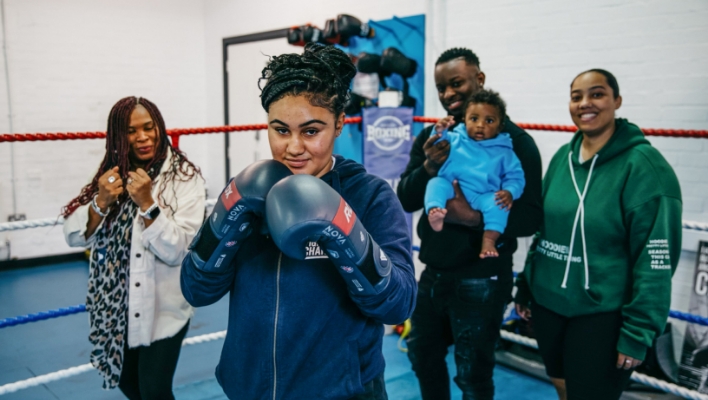
Stories of
Transformation
Stories of
Transformation
Watch stories of practitioners working to reduce violence in communities.
Watch Stories
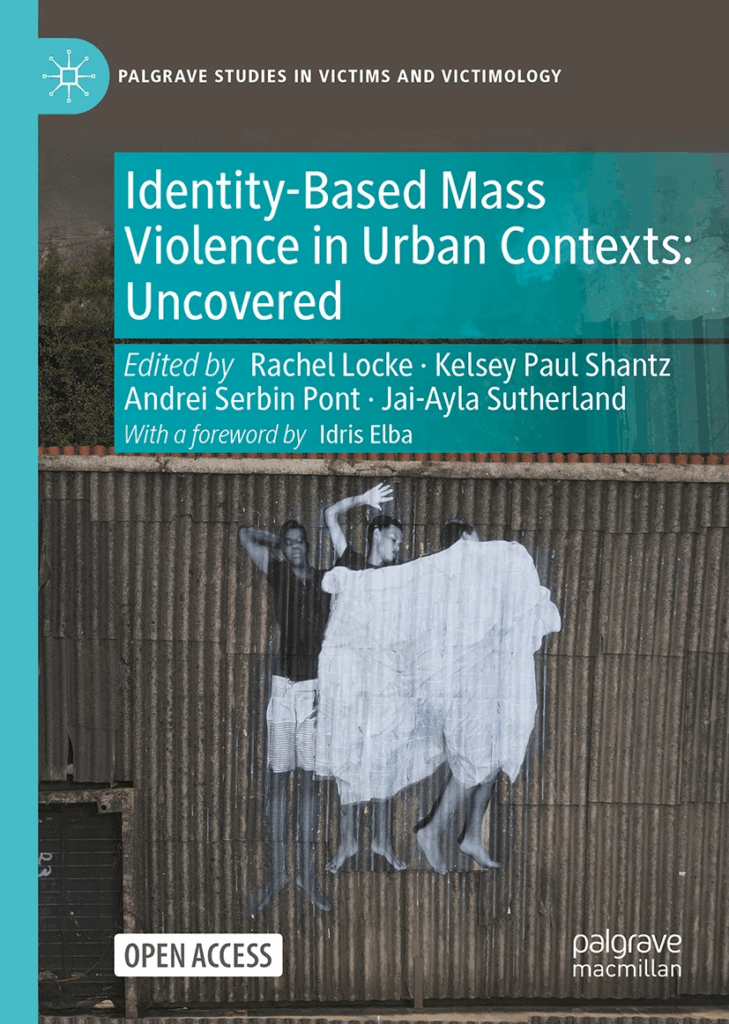
Identity-Based Mass Violence in Urban Contexts: Uncovered
The edited volume’s commitment to an expansive, inclusive approach to understanding and addressing identity-based mass violence (IBMV) makes it a significant contribution that spans multiple disciplines and aspires to reduce violence and promote peace in urban settings worldwide.


